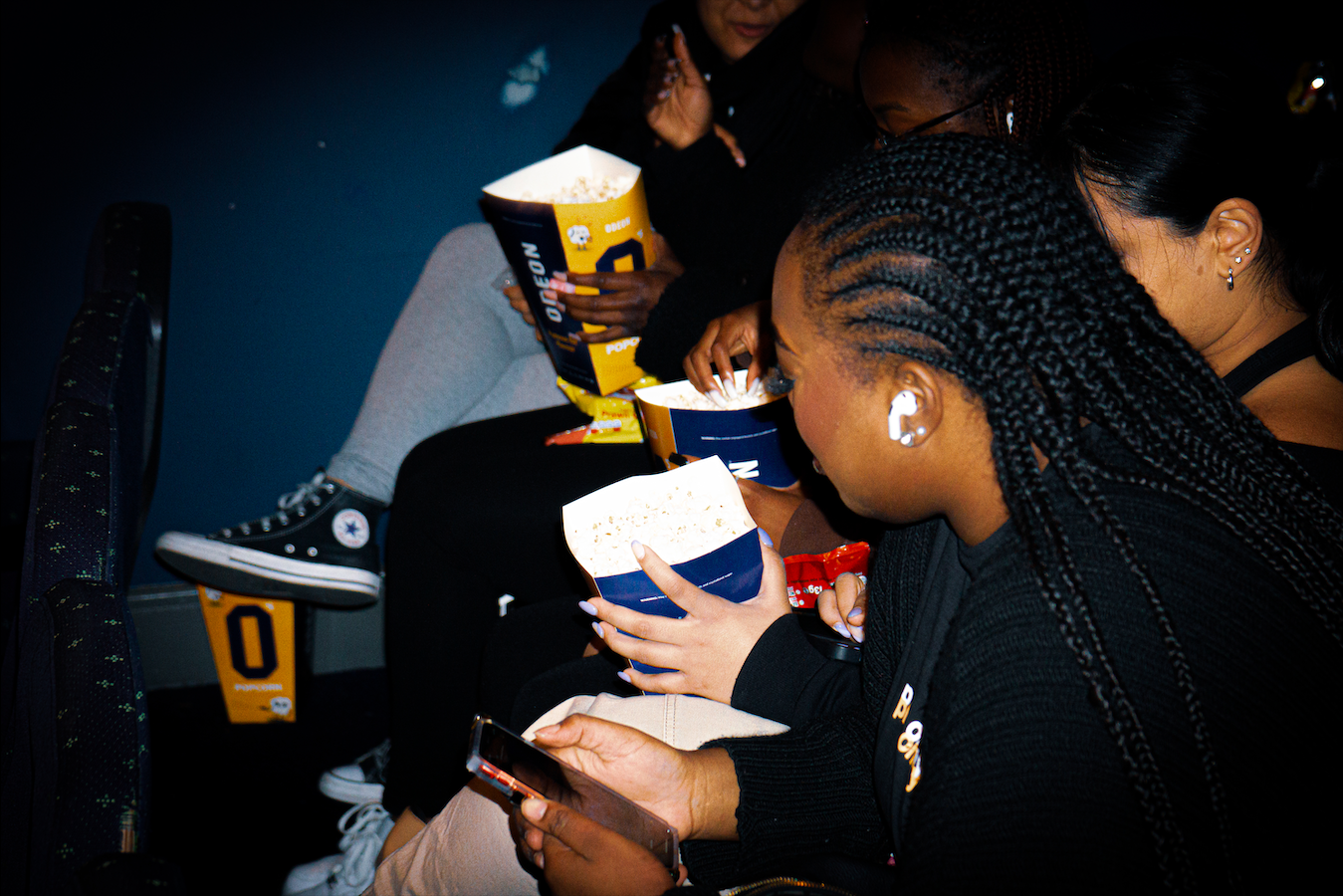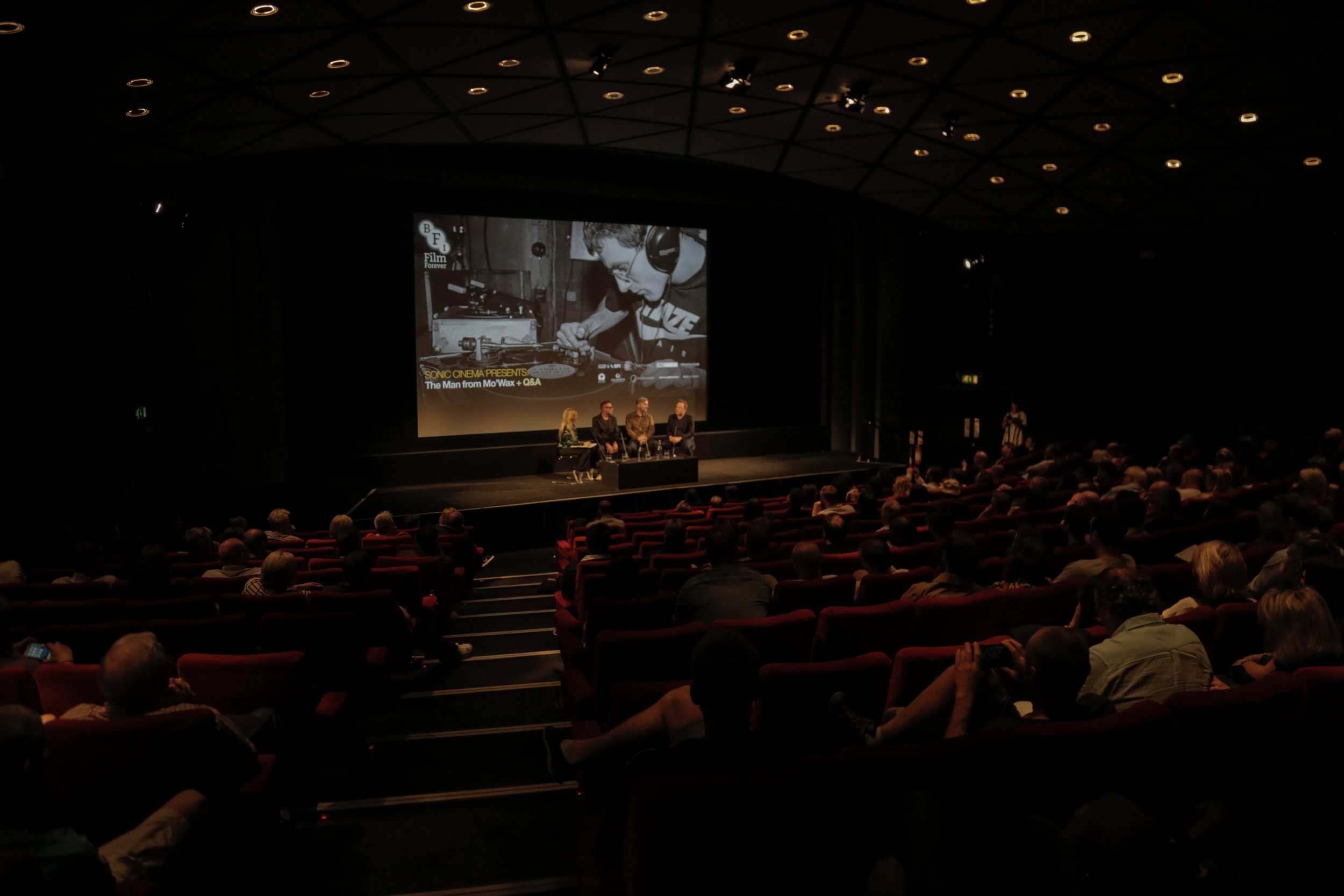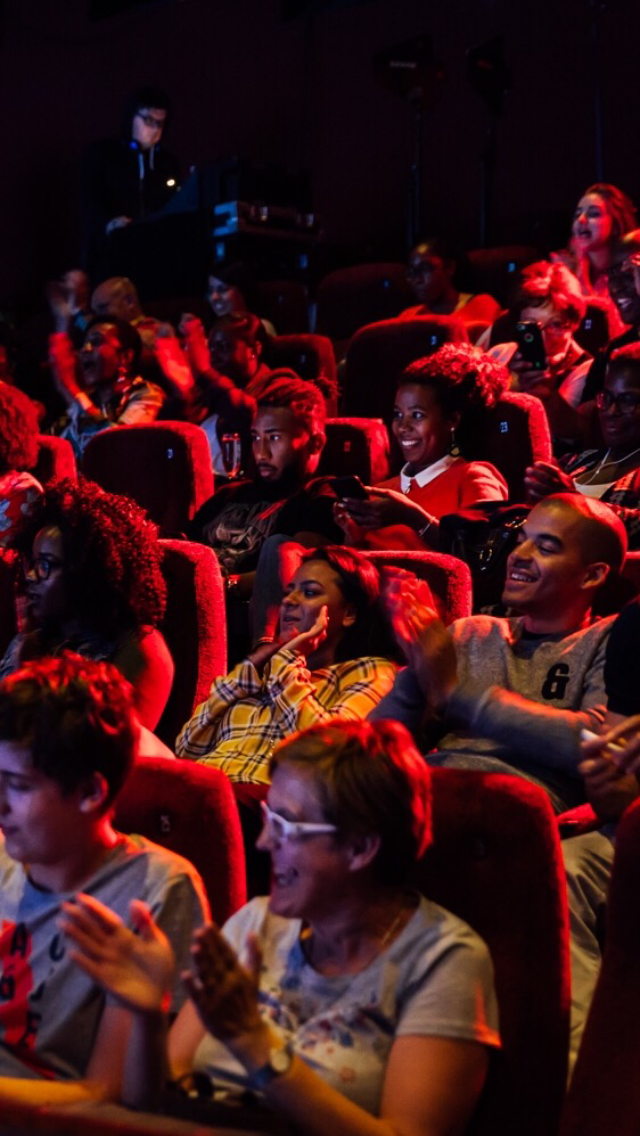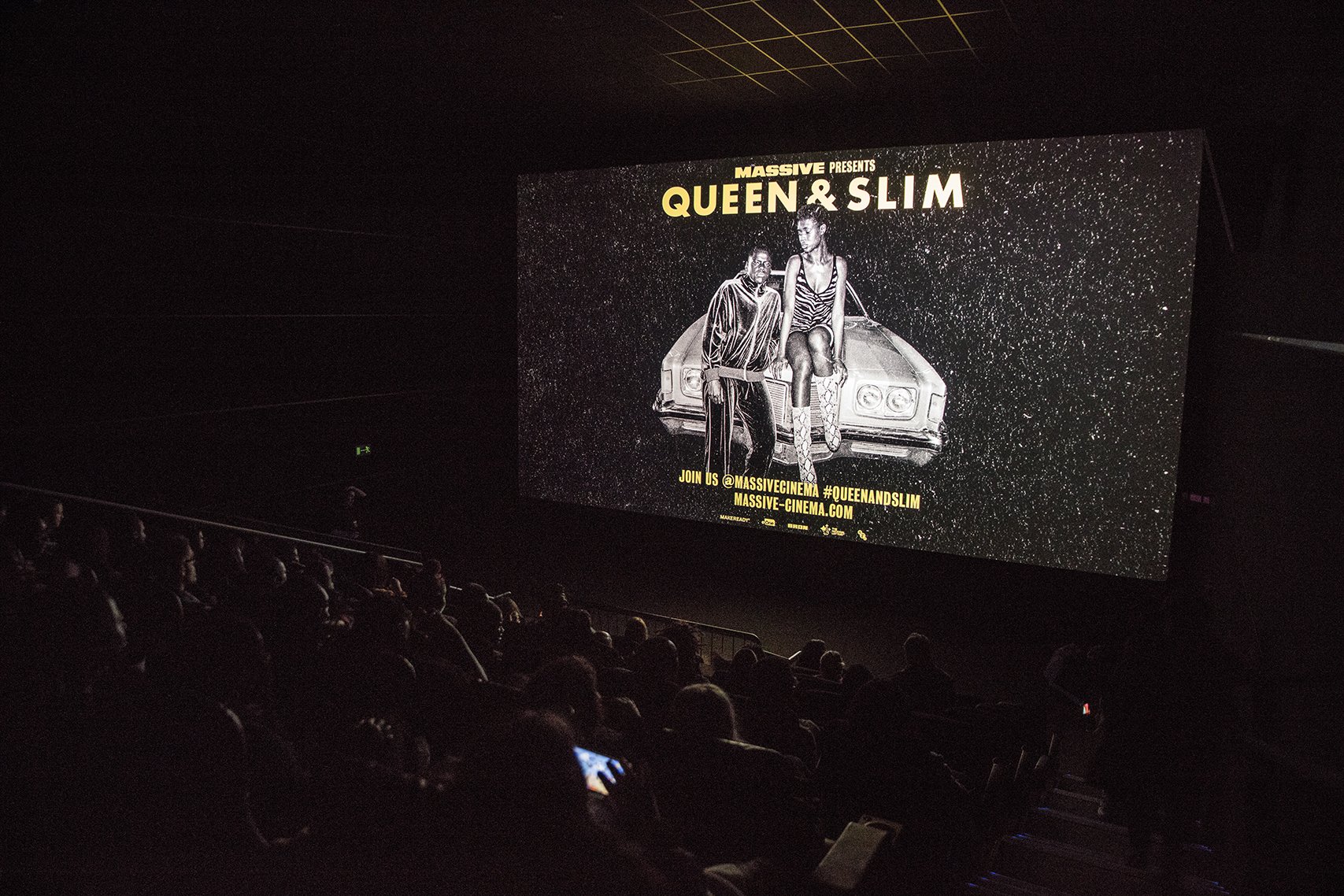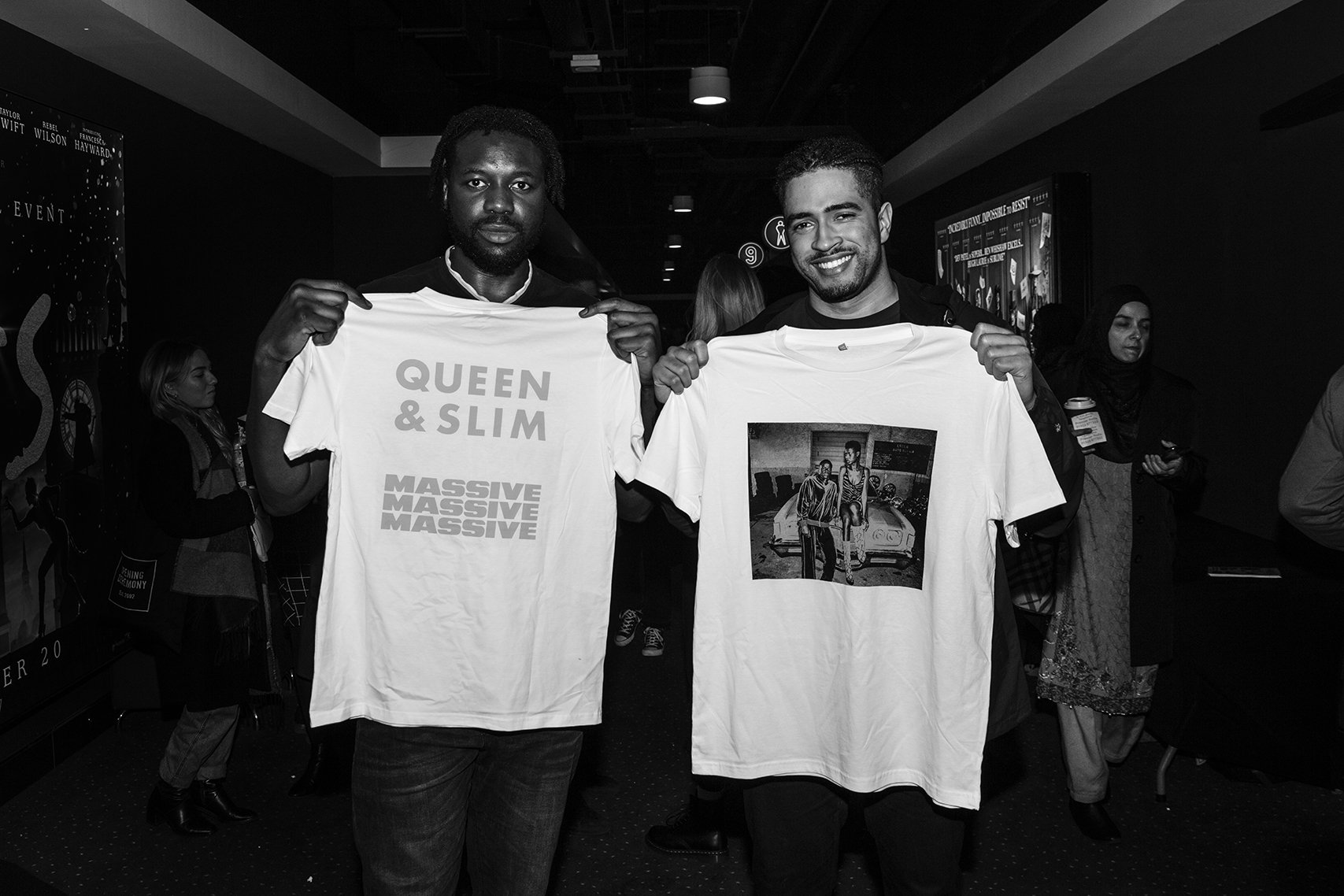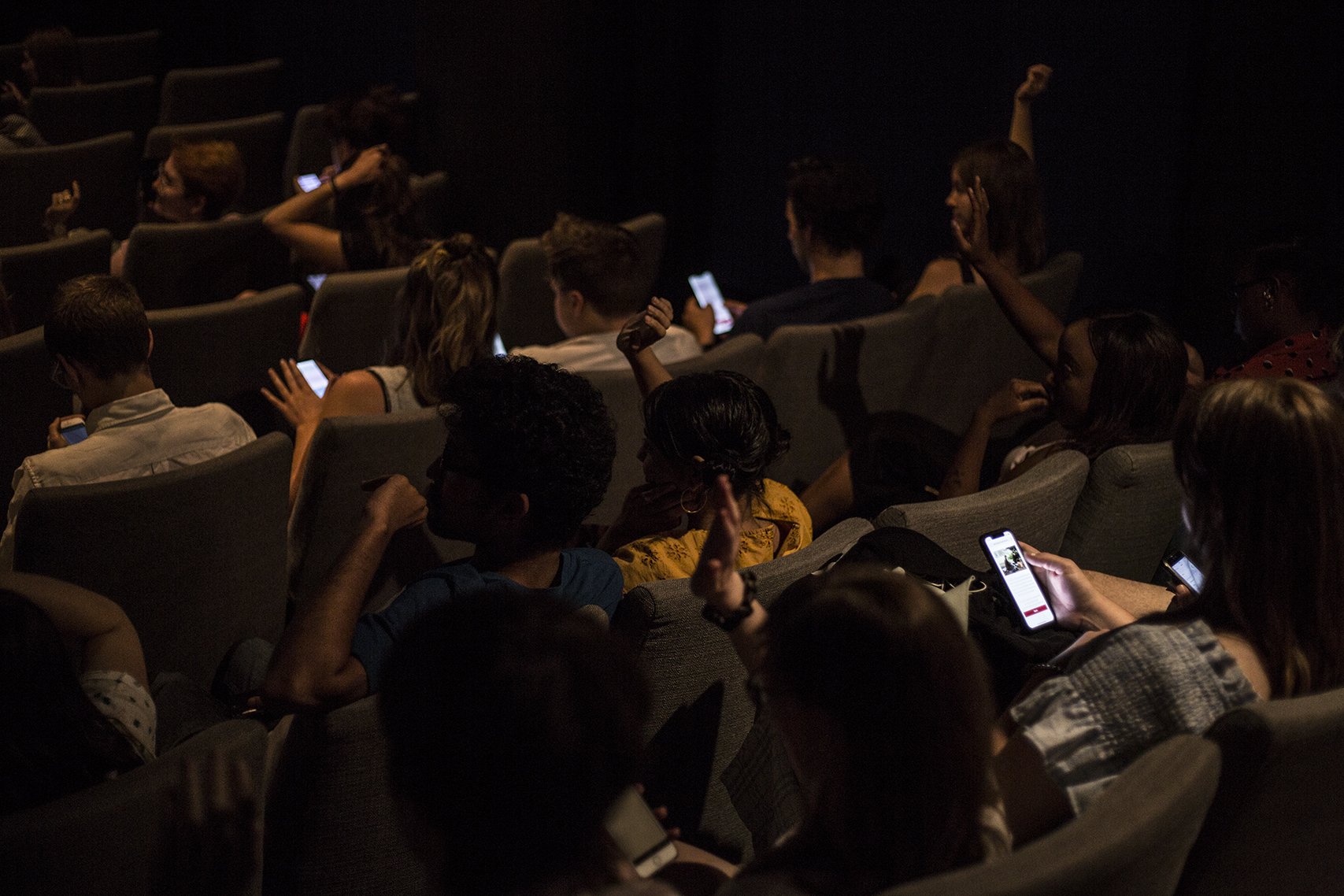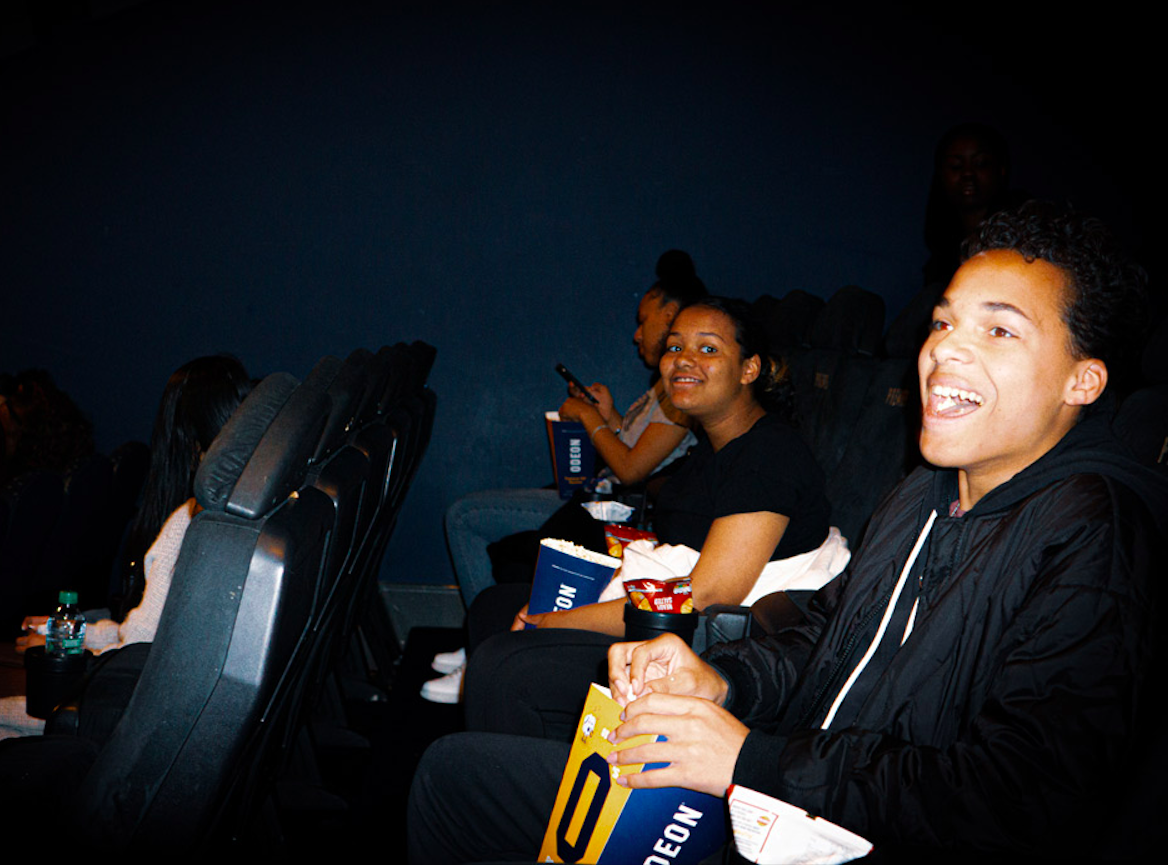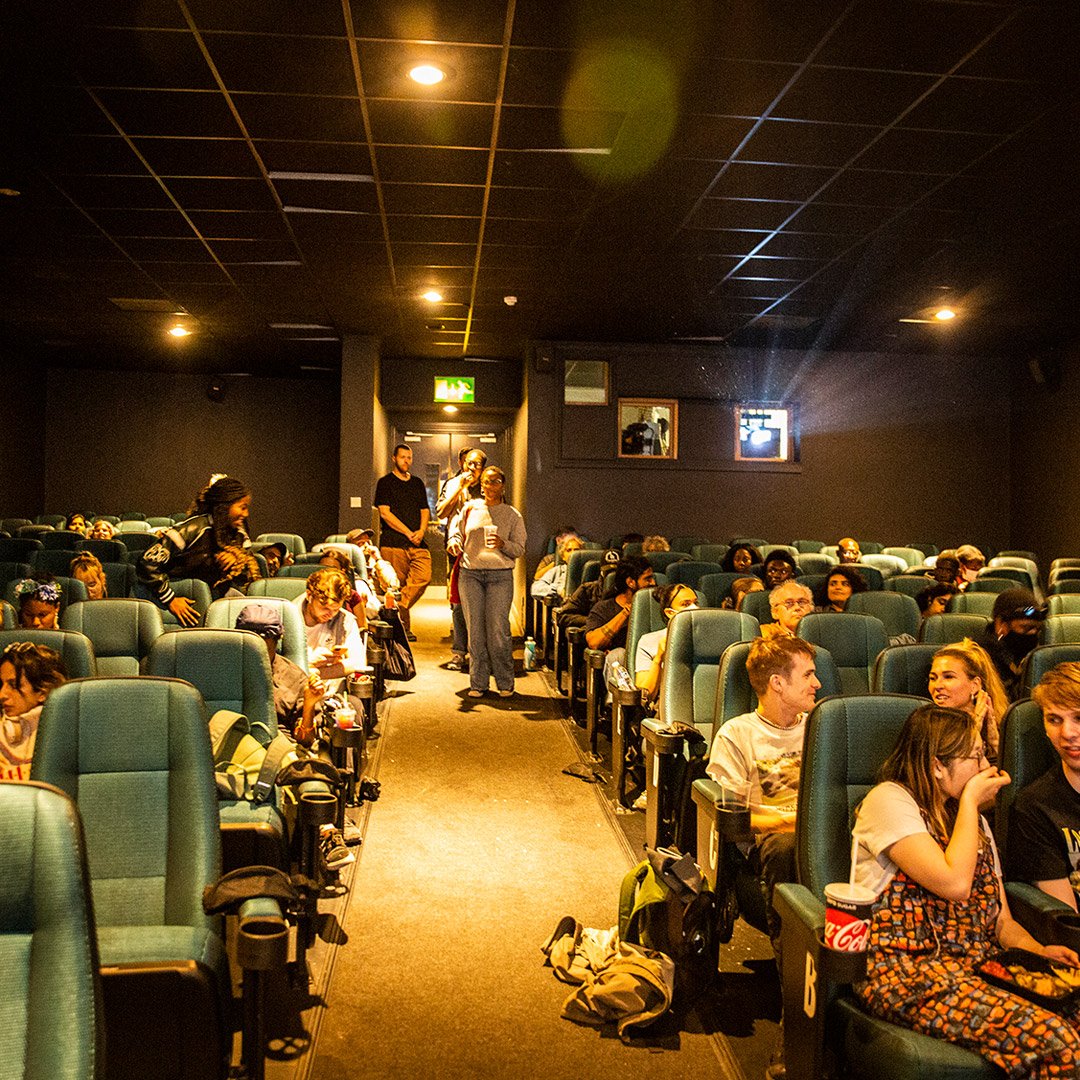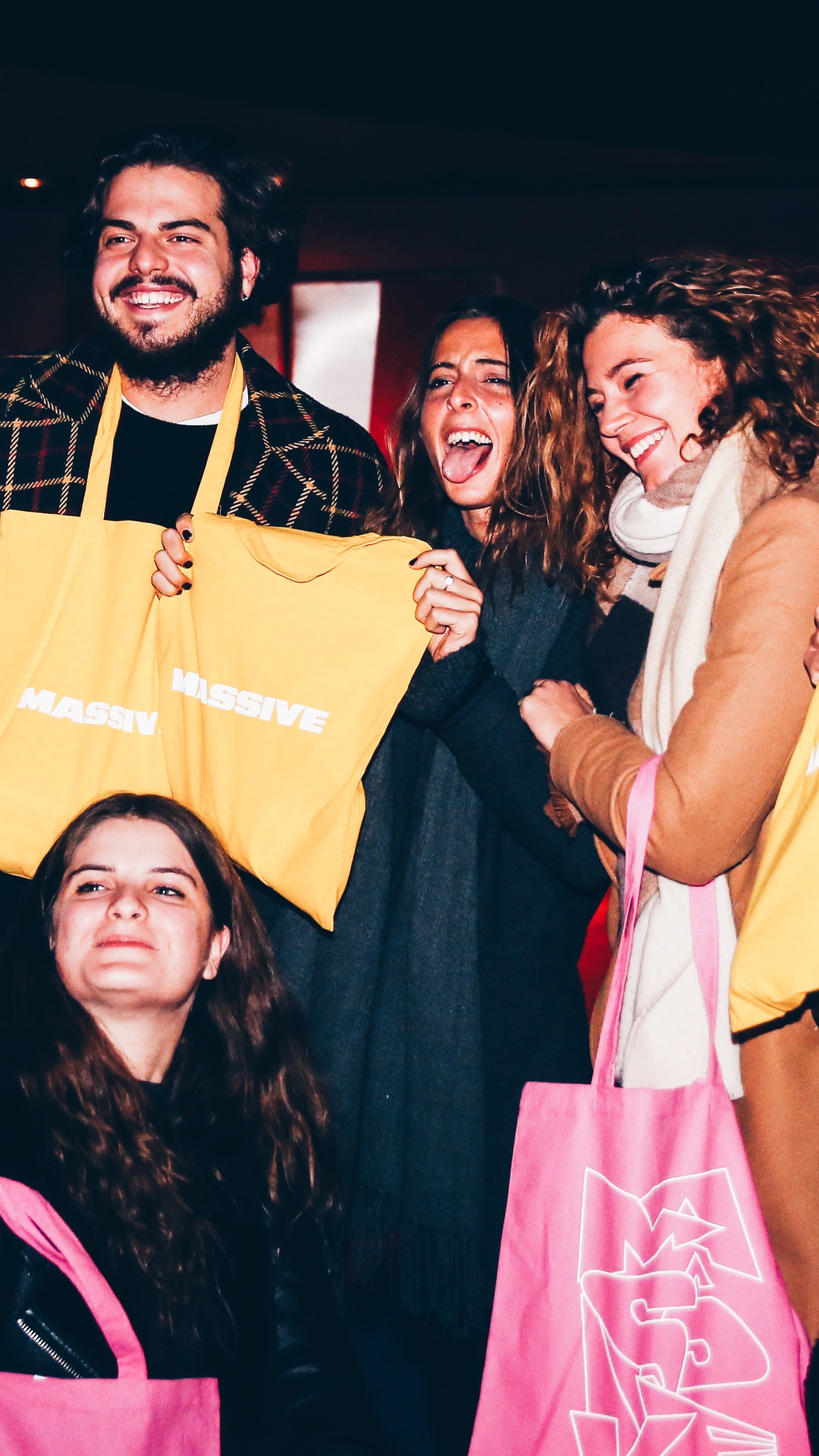Cinema is alive
Every time we introduce elevenfiftyfive to someone we say “if pictures can tell a thousand words then moving images can change the world”.
We say that because “the commercial history of motion pictures begins on April 14, 1894 with the opening of the Holland brothers’ kinetoscope parlour at 1155 Broadway in New York City”, and that is why we are called elevenfiftyfive.
But what has been rattling around my head lately is that apparently 10% of all photos ever taken were taken in the last twelve months. So most of the images we look at are recent. Really recent. And for cinema that might be a problem.
Image from ODEON.
Cinema is recovering and rebuilding. Confidence and perception are important. Lots of industry bodies are sharing new ideas, organisations are modifying and upgrading, and that’s great. But I’ve been looking at the imagery supporting this and it’s got me thinking.
Since the pandemic LinkedIn has become an even stronger platform and unlike traditional “trade press”, it is social. Of course anyone can buy any publication or go to any website but a social platform serves you content. Messages are sent cross-sector and the pictures that accompany them “can tell a thousand words”.
When we are sharing on LinkedIn we are talking to everyone. Our industry, our customers, wider sectors… everyone.
I’ve been noticing the cinema industry using imagery of beautiful but empty cinemas.
Maybe we should stop doing that.
Ultimately the cinema is about audience. No audience, no cinema. In discussions with partners across different sectors I have noticed people are still amazed that 2019 was a record-breaking year for cinema. The same people are stunned that cinema was the most missed out-of-home activity for most of the UK during the pandemic.
Imagine if we, as an industry, stopped sharing images of beautiful but empty cinemas. Imagine if every image we put out over the next 12 months showed our venues alive with audiences. Cinema is nothing without audience and cinema is all about experience. Cultural experience, entertaining experience, shared experience.
I am sharing this because everything we put on social media is an advert for our businesses and for our industry.
Imagery is fundamental to advertising for its ability to communicate thought and emotion with a speed and power narrative approaches can lack. According to Trend Reports between 65-85% of people describe themselves as visual learners. So, a large percentage of the audience seeing your post will mainly remember the image. And that image currently looks like this.
A selection of LinkedIn industry posts from 2022. (No name and shame here, we’ve all been at it.)
Lots of the images connected to industry posts from the last 12 months have shown empty cinemas. Many of these posts are designed to rebuild confidence with those who are not our customers but those directly connected to the success of our industry. How do we expect to do that with views of empty cinema screens?
My worry is that is this cementing an often unconscious bias. Let's flip that and flood social platforms with only images of audiences, of all wonderful shapes, colours and sizes, enjoying our cinema experiences. Let’s make the mental image of the cinema look more like this.
Images from elevenfiftyfive / MASSIVE Cinema screenings (2022). N.B. we know capturing beautiful images in dark rooms with real humans is hard, but with a decade of experience we’ve have gotten pretty damn good at it.
So, once again… I’ve been noticing the cinema industry using imagery of beautiful but empty cinemas. Maybe we should stop doing that.
David Kapur, elevenfiftyfive co-founder
Want to see more of what we do? or Interested in working with us?



